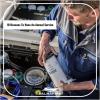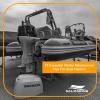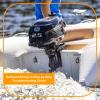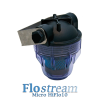Spotting Red Flags: Essential Tips for Buying a Used Boat
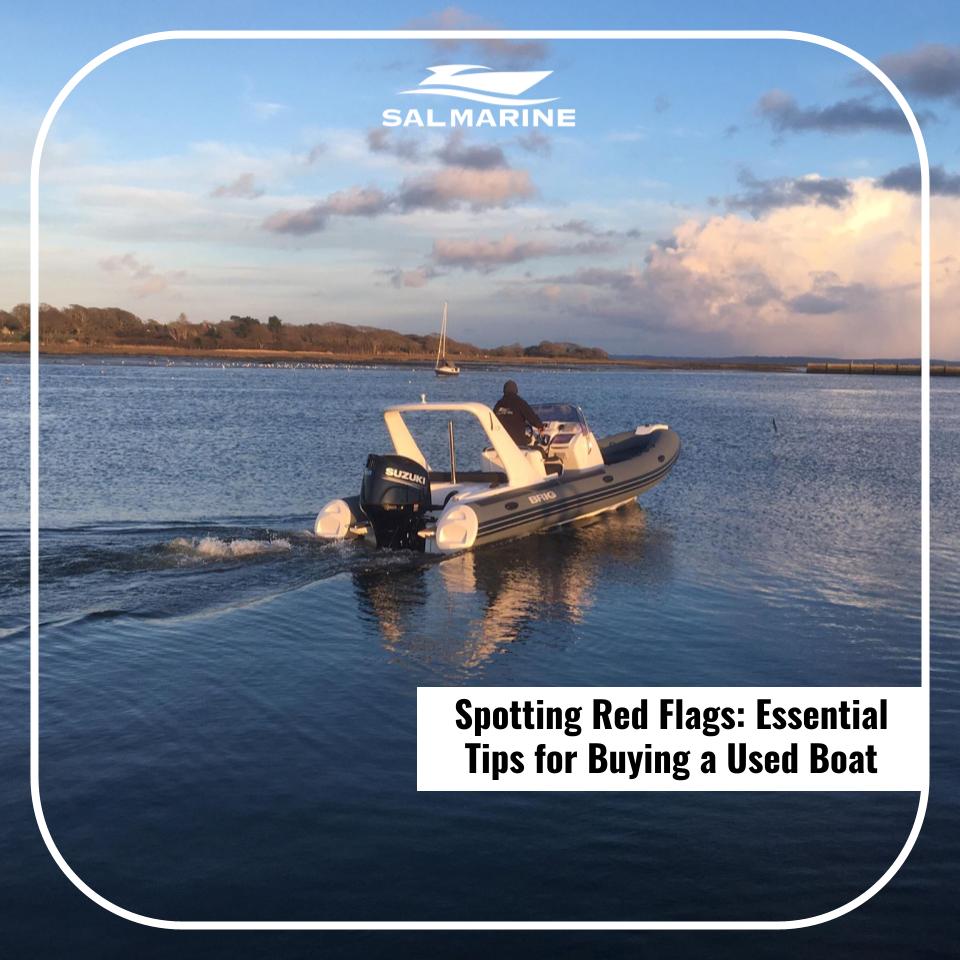
Buying a used boat can be an exciting and cost-effective way to indulge in your passion for boating. However, it's crucial to exercise caution and thoroughly inspect the boat before making a purchase. In this blog post, we'll discuss some red flags that you should be aware of when buying a used boat. By spotting these warning signs early on, you can avoid potential headaches and ensure a smooth sailing experience.
-
Poor Maintenance History: One of the first red flags to consider is the boat's maintenance history. Ask the seller for maintenance records, including regular servicing, repairs, and any major incidents the boat may have encountered. Lack of proper maintenance can lead to significant problems down the line, potentially costing you more in repairs and diminishing the overall value of the boat.
-
Structural Damage: Carefully inspect the boat's hull, deck, and superstructure for any signs of structural damage. Look for cracks, dents, or soft spots, which could indicate underlying issues. Check the boat's history for any accidents, collisions, or grounding incidents that may have caused structural damage. If in doubt, consider hiring a professional marine surveyor to assess the boat's condition thoroughly.
-
Engine Condition: The boat's engine is its heart, so it's crucial to assess its condition. Start by checking the engine's hours of operation and ensure they match what the seller claims. Look for any signs of corrosion, oil leaks, or unusual noises. If possible, run the engine yourself to assess its performance. Don't hesitate to seek expert advice or request an engine inspection to ensure the engine is in good working order. Read our blog "The importance of a marine survey"
-
Electrical and Plumbing Systems: Faulty electrical and plumbing systems can lead to frustrating issues and potentially compromise safety on the water. Test all electrical components, including navigation lights, bilge pumps, and accessories, to ensure they are functioning properly. Inspect the plumbing system for leaks, blockages, or signs of poor maintenance. Addressing these issues can be costly, so it's important to identify them before buying.
-
Signs of Poor Storage or Neglect: The boat's overall condition can speak volumes about how it was cared for. Look for signs of neglect such as mold, mildew, or water stains, which can indicate poor storage or inadequate maintenance. Check for signs of rust or corrosion on metal fittings and equipment. A well-maintained boat will likely provide a better ownership experience and retain its value.
Buying a used boat requires thorough inspection and due diligence to avoid potential pitfalls. By being aware of these red flags and conducting a comprehensive assessment, you can make an informed decision and purchase a boat that meets your needs and provides years of enjoyment. Remember, if you're uncertain or lack expertise, consulting with professionals such as marine surveyors or marine engineers can help you make a more confident purchase.


 to save as many parts lists for boats and engines as you want. It makes reordering and costing up jobs, quick and easy!
to save as many parts lists for boats and engines as you want. It makes reordering and costing up jobs, quick and easy! 

